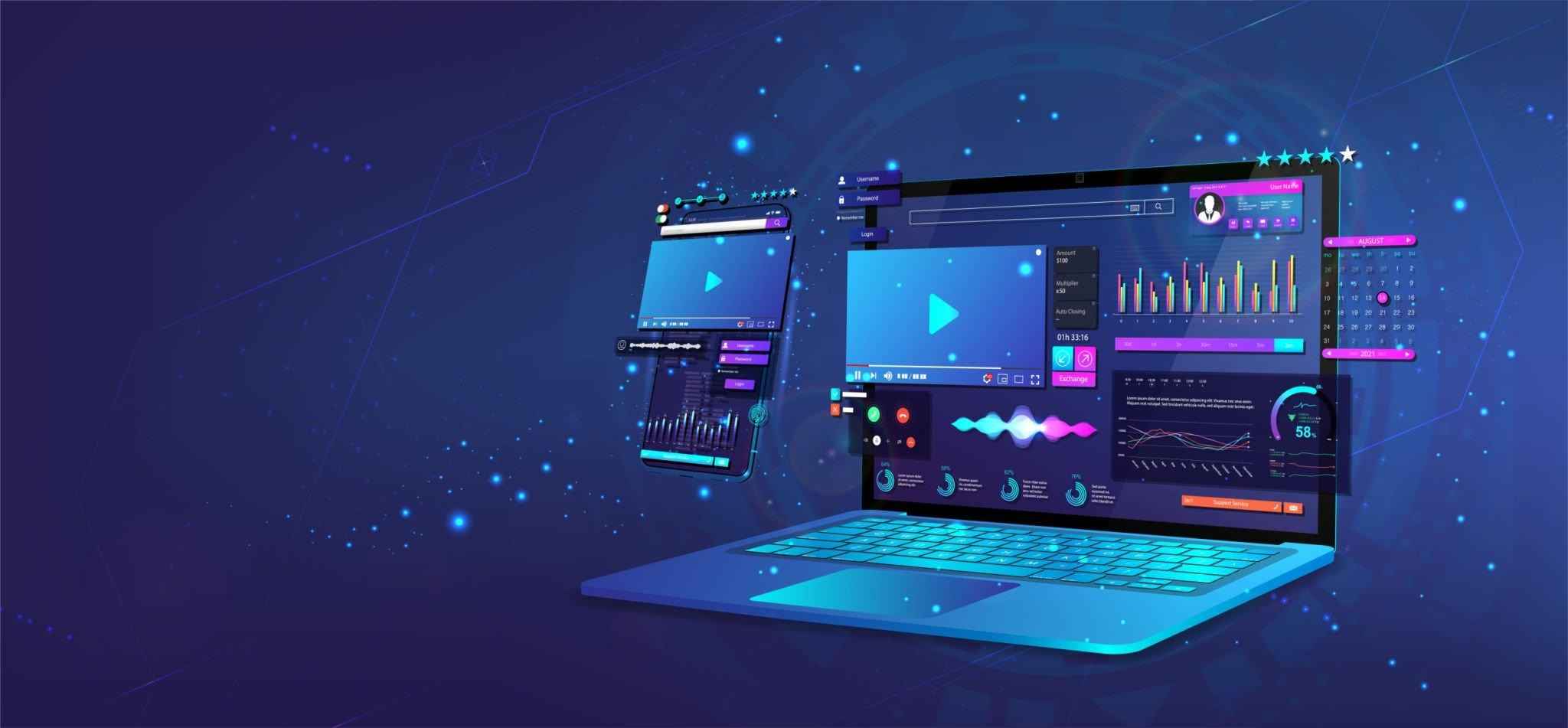
Web Development Course In Rawalpindi Islamabad
Our Website Development Course offers hands-on training to build modern, responsive websites. This web developer certificate program is ideal for beginners and aspiring developers looking for practical front-end and back-end development skills.
Course Overview
This structured program is available in 6-month and 1-year durations. The curriculum covers HTML, CSS, JavaScript, databases, frameworks, and deployment, making it one of the best web development programs for job-ready skills and practical project experience.

Course Duration
06 | Months
- Introduction to Web Development
- HTML & CSS Basics
- Responsive Design & Bootstrap
- JavaScript Fundamentals & DOM
- Server-side Scripting & MySQL Basics
- Git, GitHub & Web Hosting
- Capstone Project (Basic Website)
01 | Year
- Introduction to Web Development
- HTML & CSS Basics
- Responsive Design & Bootstrap
- JavaScript Fundamentals & DOM
- Server-side Scripting & MySQL Basics
- Git, GitHub & Web Hosting
- Capstone Project (Basic Website)
- React.js or Vue.js Introduction
- Advanced CSS & Preprocessors (SASS/LESS)
- Node.js, Express & MongoDB
- RESTful APIs & Authentication
- Web Security & Performance Optimization
- WordPress, WooCommerce / Shopify
- CI/CD, Docker & Cloud Deployment
- Final Full-Stack Project (Advanced)
Course Outline (6 Months)
Introduction to Web Development
Month 1
- Essentials of Web Development
- Difference between front-end, back-end, and full-stack roles
- Overview of web browsers and how websites work
- HTML basics (structure, elements, tags)
- CSS basics (selectors, properties, styling)
Front-End Fundamentals
Month 2
- Advanced HTML5 (forms, semantic tags, media)
- CSS3 (layouts, Flexbox, Grid)
- Responsive Web Design principles
- Introduction to the strap framework
Basic JavaScript Programming
Month 3
- JavaScript basics (variables, functions, loops, arrays)
- DOM manipulation and event handling
- JavaScript ES6 features
Back-End Fundamentals
Month 4
- Introduction to server-side scripting (PHP or Python)
- Setting up local server (XAMPP/WAMP)
- Basics of MySQL database
- Connecting the front-end with the backend using forms
Version Control & Web Hosting
Month 5
- Git & GitHub for version control
- Using Git for collaboration and history tracking
- Introduction to hosting (FTP, cPanel)
- Domain registration basics
Capstone Project & Assesment
Month 6
- Plan and develop a basic dynamic website
- Focus on clean UI, responsiveness, and functionality
- Peer review and presentation
Course Outline (1-Year)
Months 1–6: Foundational Web Development Course In Rawalpindi Islamabad
(Same course content as the 6-month program but with more detail, role-plays, software demos, and assessments.)
Front-End Frameworks & Advanced CSS
Month 7
- Introduction to React.js or Vue.js
- Component-based architecture
- Advanced CSS: animations, transitions, media queries
- Preprocessors (SASS or LESS)
Advanced Back-End Development
Month 8
- Introduction to Node.js and Express
- Working with MongoDB and NoSQL databases
- RESTful API development and integration
- User authentication (JWT, OAuth)
Web Security & Optimization
Month 9
- Common vulnerabilities: XSS, CSRF, SQL Injection
- Secure coding practices
- Performance optimization tools (Lighthouse, PageSpeed)
- Responsive & accessible web design
CMS and E-Commerce
Month 10
- WordPress basics: themes, plugins, customization
- Managing content and user roles
- Overview of WooCommerce or Shopify
- Building simple e-commerce functionality
DevOps & Deployment
Month 11
- Continuous Integration (CI) & Continuous Deployment (CD)
- Docker for containerized development
- Introduction to cloud hosting (AWS, Heroku)
- Deployment strategies and automation
Advanced Final Project
Month 12
- Focus on functionality, UI/UX, security, and performance
- Documentation and version control best practices

Career Opportunities
- Front-End Developer
- Back-End Developer
- Full-Stack Developer
- WordPress Developer
- Web Designer
- Junior Software Engineer
- E-Commerce Developer
- Web Security Assistant
- DevOps/Deployment Assistant
- Freelance Web Developer
Conclusion
Our Web Development Course in Rawalpindi Islamabad equips you with the technical skills and real-world experience needed to thrive in today’s digital industry. Whether you opt for the 6-month program for a solid foundation or the 1-year advanced track for full-stack expertise, you’ll graduate with a professional portfolio and job-ready capabilities. With hands-on projects, modern tools, and industry-relevant training, this course opens doors to various career paths in web and software development. Start your journey toward becoming a skilled web developer today.






